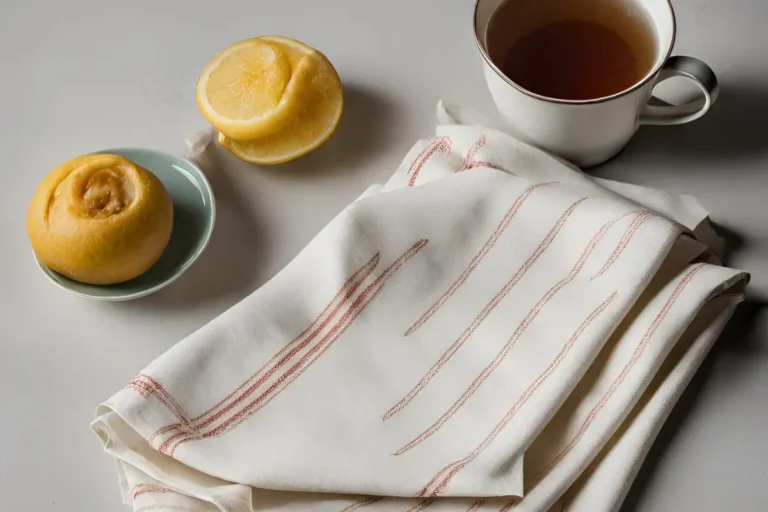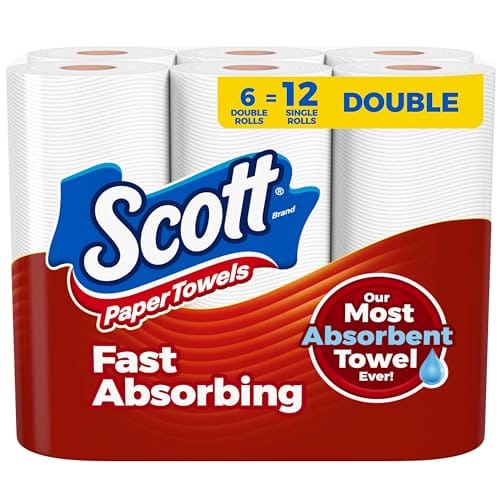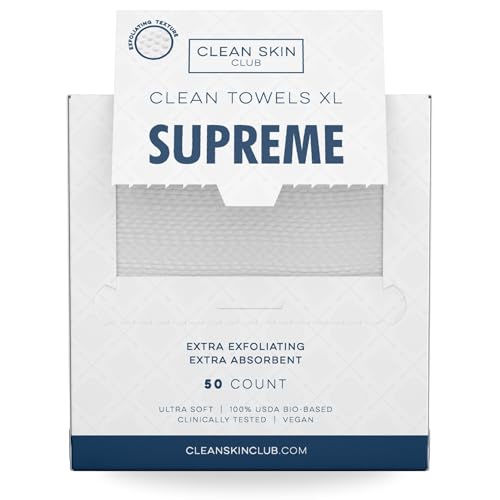A tea towel is a cloth specifically designed for drying dishes and cutlery. It is traditionally made of linen, but cotton variations are also common.

History Of Tea Towel
Origins Of Tea Towel
The idea behind the first tea towels dates back to 18th-century England. The ladies of the house sought a refined method to dry their precious China without leaving scratches or lint. They turned to fine linen as the material of choice for its soft and absorbent qualities.- Fine linen fabric to protect delicate teaware.
- Hand-embroidered designs for personal touch
- Used by the Mistress of the House for tea service.
Evolution Of Tea Towel
Over time, tea towels have transformed in both form and function. By the 19th century, as tea became a daily British ritual, these linens evolved to become more utilitarian.- Cotton replaces linen for cost-effective production
- Introduction of terry cloth to increase absorbency
- Tea towels become a canvas for artwork and mementos
Cultural Differences In Tea Towel Use And Terminology
Across the globe, the tea towel serves purposes beyond drying dishes, reflecting cultural diversity in its usage and nomenclature:| Region | Usage | Terminology |
|---|---|---|
| UK | Drying dishes | Tea Towel |
| USA | General kitchen tasks | Dish Towel |
| Australia | Drying dishes and gifts | Tea Towel |
Materials Used
Cotton Tea Towels
Cotton tea towels are a kitchen staple. Known for their handy absorbency, they are great for drying hands and dishes. Let’s take a closer look:- Durable: They withstand multiple washes.
- Soft: They are gentle on delicate tableware.
- Colorful prints add a pop of color to any kitchen.
| Material | Absorbency | Durability |
|---|---|---|
| Cotton | High | Excellent |
Linen Tea Towels
Linen tea towels are another essential in the kitchen. Linen, made from flax fibers, is known for quick drying. Look at these features:- Naturally antibacterial, it is ideal for hygiene.
- Lightweight: Easy to handle and store.
- Eco-friendly: Linen is a sustainable choice.
| Material | Drying Speed | Eco-friendliness |
|---|---|---|
| Linen | Fast | High |

Functions Of Tea Towels
Kitchen Use
Tea towels are the workhorse of kitchen cleanup. Their primary role is in dish drying, efficiently absorbing water without leaving lint on your glassware.- Handy for grabbing hot dishes
- Doubling as a makeshift placemat or tray cloth
- Helping in food preparation tasks
Decorative Purposes
Tea towels with embroidered designs bring a touch of elegance to the kitchen setting. These decorative towels are perfect for adding personality and style.| Usage | Detail |
|---|---|
| Cabinetry beautification | Hang on oven handles or cabinetry for visual flair |
| Seasonal decor | Rotate towels with holiday motifs |
| Theme enhancement | Complement your kitchen’s theme |
Drying Hands
Hand drying is more sustainable with tea towels. Unlike paper towels, they offer a reusable option without the waste, exemplifying eco-friendly kitchen practices.- Attach near the sink for convenience
- Use different towels for dishes and hands for hygiene
Polishing Surfaces
Crafted for more than just drying, tea towels brilliantly polish surfaces. Scrub away smears on countertops, leaving them spotless with a gentle wipe.- Gentle on delicate surfaces
- Perfect for shining silverware and glassware
Wiping Spills
Accidents happen, but with tea towels on hand, wiping spills becomes swift and effective. Their high absorbency ensures a clean, dry surface in no time.- Always keep a tea towel nearby for quick spill responses
- Mop up liquids and wipe down surfaces with ease
Popular Designs
Printed Tea Towels
Printed tea towels bring life to kitchens. They often feature:- Bold, colorful patterns
- Whimsical cartoons or illustrations
- Floral prints that mimic a garden
- Inspirational quotes that make you smile
Embroidered Tea Towels
Embroidered tea towels add a touch of elegance. Craftsmanship shines through.| Detailed Stitching | Unique Patterns | Texture and Depth |
|---|---|---|
| Threads are woven with precision. | Designs range from simple to complex. | Raised patterns you can feel. |
Caring For Tea Towels
Washing Instructions
- Use warm water to loosen stains.
- Choose mild detergents to preserve fabric integrity.
- Avoid bleach to maintain color vibrancy.
- Wash with similar colors to prevent dye transfer.
- Rinse thoroughly to remove soap residue.
Proper Storage
- Ensure the towels are completely dry before folding.
- Store it in a cool, dry place away from direct sunlight.
- Avoid cramming towels into drawers; allow for air circulation.
Frequently Asked Questions For What Is A Tea Towel
What’s the purpose of a tea towel?
A tea towel serves multiple kitchen purposes, including drying dishes, handling hot cookware, and covering baked goods.
What Is the Difference Between a Kitchen Towel and a Tea Towel?
A kitchen towel is designed for general cleaning and drying tasks, while a tea towel is typically used for drying dishes and cutlery. Kitchen towels are often thicker, whereas tea towels are lighter and more decorative.
What Is the American Version of the Tea Towel?
The American version of a tea towel is commonly referred to as a dish towel.
Can you use tea towels as hand towels?
Yes, you can use tea towels as hand towels. They are absorbent, versatile, and perfect for quick hand drying in the kitchen or bathroom.
Conclusion
Tea towels serve a charm beyond mere function. They infuse style into kitchens and are workhorses of cleanups. From drying dishes to covering baked goods, these linens are versatile must-haves. Embrace the utility and flair of the humble tea towel—every kitchen deserves this timeless staple.



